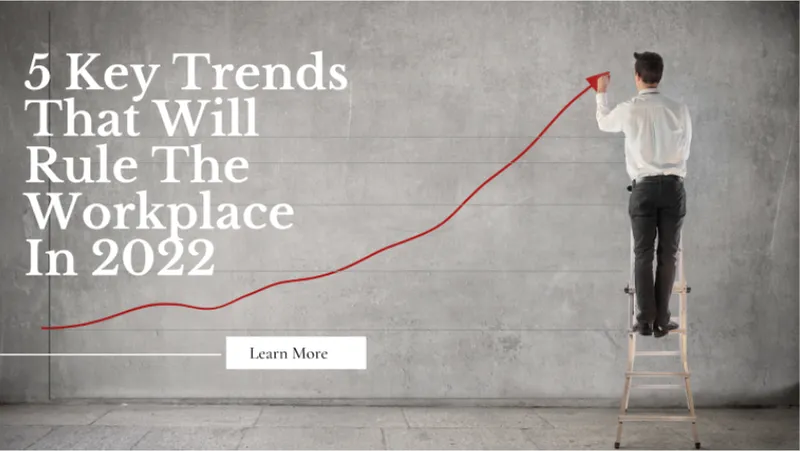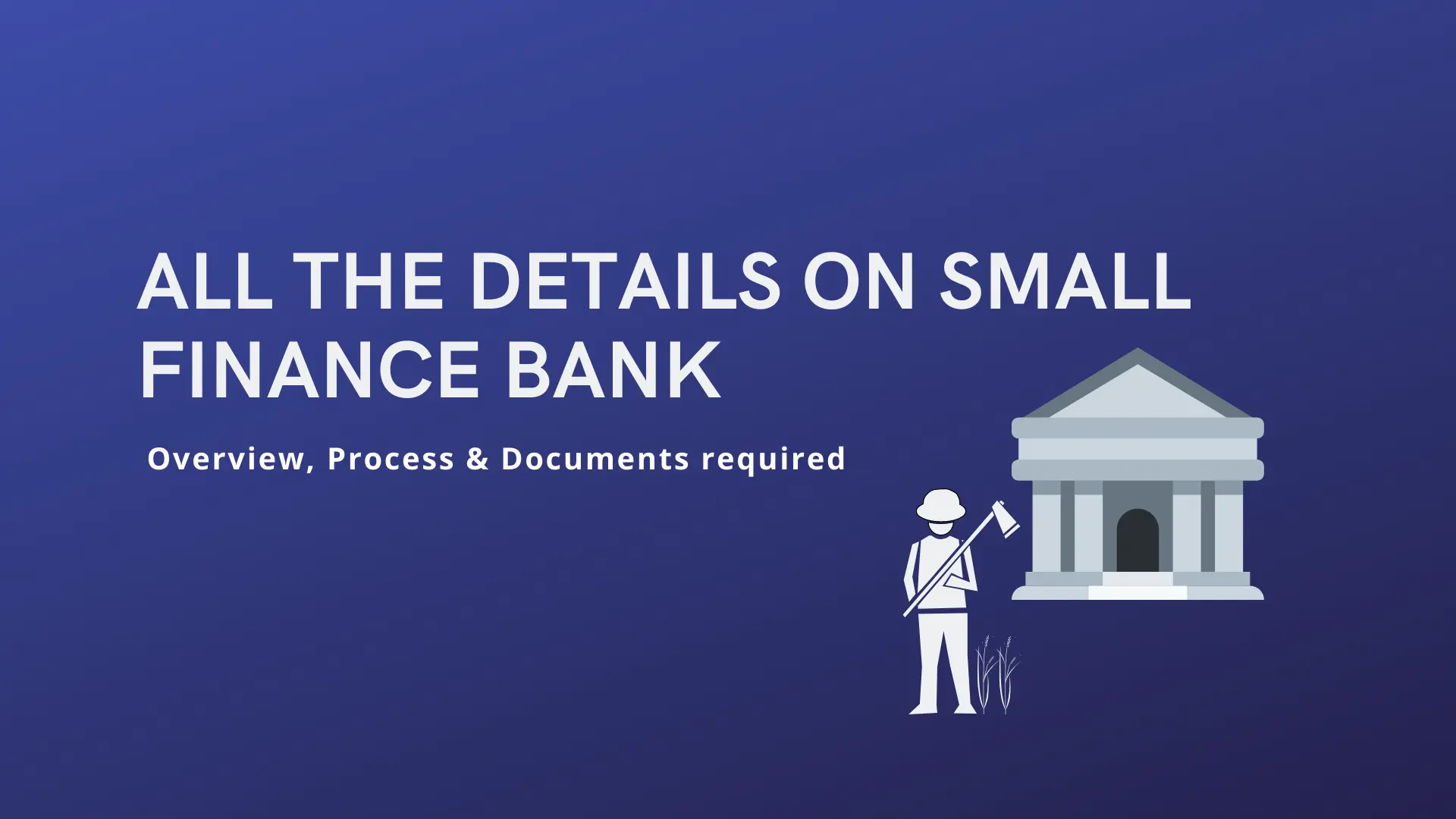

5 Key Trends That Will Rule The Workplace In 2022
First, it was COVID-19, then came "The Great Resignation," and now the experts term the year 2022 as the year of the great migration. Let's see what 2022 has in store for all of us.
In 2021 the predictions for the upcoming year were focused on the "new normal." Work from home was the new normal and the talk of the town the entire past year. Industry leaders and influencers announce diversity, equity, and inclusion as the top priority for all organizations.

As we look back at 2021, can we call it the year of transition or change? We do not know it yet, but the question remains: where will 2022 take us? Will it be the year of growth, unlike 2021?
Along with the global pandemic came the great resignation. The Business Insider calls 2021 the "Year of Quits," with over 38 million workers leaving the labor force. What has led to so many Americans quitting their jobs? It can be attributed to burnout, insufficient benefits, and less flexibility in current employment.
That's about the past year and a bit of backdrop as to how 2021 went. Now, we are back to the initial question: where are we heading towards in 2022? After some research and insights from the HR tech industry leaders, here's our list of the top 5 key trends that will govern the workplace in 2022.
1. Re-evaluate the hybrid work model
Reassessing the current situation, where most employees work from home due to the pandemic while others refused to let go of office altogether. Therefore, leading to a hybrid work model. The abrupt switch to remote working proved that the employees are also productive outside the office.
Business leaders from around the world must be mindful of – flexibility. As the majority of the organizations continue to operate in a hybrid setup, industry leaders must invest in automation, resources, and employees. All of the above can lead to enhanced productivity and ROI.
2. Upward mobility and boomerang employees
The Great Resignation created both opportunities and challenges for employees and organizations. For 2022, employers should shift their focus from external hiring to looking inwards. In other words, instead of external hiring, employers should focus on boomerang employees.
The year 2022 will likely see a surge of boomerang employees - previous workers coming back to an organization after some siesta time. Those who left their employers searching for greener pastures are beginning to realize that the grass isn't always greener on the other side of the fence.
Another vital aspect that employers can't afford to ignore is focusing on internal mobility, which implies amplifying the talent of current employees with training and skills to move them up the ladder in the organization.
3. Recruitment industry must adapt to automation
Recruitment dynamics are ever-changing, and if the HR personnel need to stay afloat in this competitive world, they need to upgrade themselves and embrace automation. Automation plays a crucial role in pre-screening the candidates or onboarding them. After all, you can't be spending all your time doing manual work. There are other areas in recruitment that need HR's attention.
After the great resignation and return of the boomerang employees, employees will continue to rule for some time. Therefore, providing the candidate with a positive experience and easy onboarding becomes even more essential.
Employees want to feel valued by their employers, and therefore a lengthy application form won't suffice. Candidates are looking for a one-click apply approach when uploading their resumes on a company website. Honestly, who doesn't?
What do you think will help the candidate with a one-click apply approach in this scenario? Certainly, automation! Well, to make it a bit clearer, a resume parser embedded in the ATS will help simplify the process of "Apply Now."
4. Unbiased recruitment is a priority
If an organization wants to thrive, diversity and inclusion are a must-have.
Prejudice based on race, age, and gender have long been a regular part of the workplace. Unconscious bias creeps in - while recruiting for open positions.
Some organizations have instead taken a bold stand against unconscious bias, yet others haven't done anything about it. The past year – 2021, became the year of promises and pledges around DE&! in the workplace. For 2022, it's time to put these words into practice.
With modern tools at the disposal of the recruitment industry, it's easy to do away with unbiased hiring efforts. The recruiters need to integrate these innovative tools into their ATS and embrace a whole new world of diverse hiring.
Since the onslaught of the pandemic, nearly two in three women have left the workforce, as reported by CNBC. Isn't it heart-wrenching to see so many women leave the labor force?
But here's the good news, according to a MetLife survey of 2,000 U.S. personnel conducted in September, nearly two in three women who've been pushed out of work say they plan to come back. Well, that's a great way to start 2022!
5. Investment in corporate social responsibility (CSR)
Companies invest in CSR to:
- Manage their risk
- Recruit employees
- Boost their brand
- Save money and so on
Investment in CSR leads to improved stakeholder satisfaction and positively influences corporate standing, leading to adequate resources.
Employees want a positive culture in their office where they are applauded for their efforts and existence. Valuing employees is not restricted to throwing parties where employers praise them, and the other day it's over.
The past twelve months have shown the significance of mental wellbeing, both professionally and personally. The least said, the better it is- employee wellbeing will be the focus this year, and with millennials and Gen Z forming the majority of the workforce, this trend will likely continue longer and beyond.








